Inspiriert von einem Gropius Zitat, lud das Bauhaus-Archiv Besucher, Passanten und Follower zu einer Weihnachtsaktion ein. Das Gemeinschaftswerk brachte Vögel aller Couleur zusammen, um trotz Pandemie gemeinsam zu feiern.
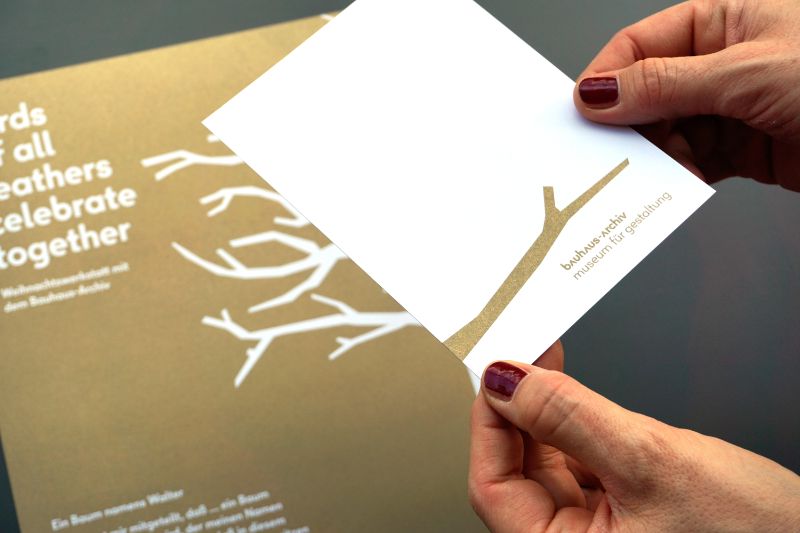

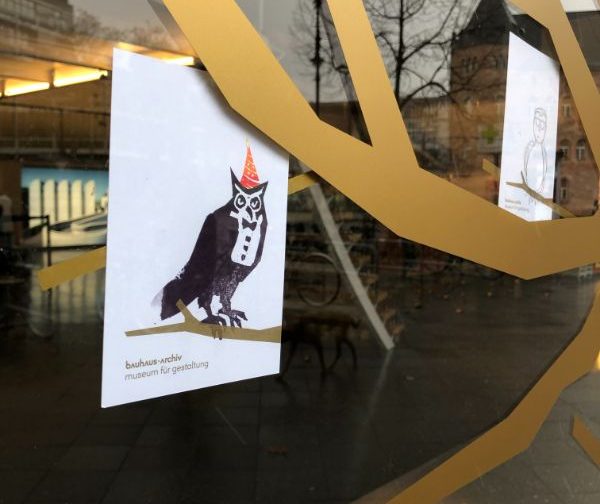
Photo: Juliane Bethge
Inspiriert von einem Gropius Zitat, lud das Bauhaus-Archiv Besucher, Passanten und Follower zu einer Weihnachtsaktion ein. Das Gemeinschaftswerk brachte Vögel aller Couleur zusammen, um trotz Pandemie gemeinsam zu feiern.



Photo: Juliane Bethge
Was ist das Gegenteil einer Wagenfeld-Lampe? Erlebe Übungen aus dem berühmten Bauhaus-Vorkurs in unserem interaktiver Parcours im temporary bauhaus-archiv! Das Bauhaus war eine Kunst- und Designschule, die vieles neu gedacht hat. Ein wichtiger Impuls war der berühmte Bauhaus Vorkurs, den alle Studenten durchlaufen mussten, bevor sie sich für eine Studienrichtung entschieden. Die Erfahrungen, die die Studenten dort machten, wurden als wichtiger erachtet, als die tatsächlichen Ergebnisse.
Jetzt kannst du diese Erfahrungen selber machen! Für unseren interaktiven Parkours haben wir historische Übungen von Johannes Itten, László Moholy-Nagy und Josef Albers neu interpretiert und mit zeitgenössischen Werkzeugen und Fragen kombiniert. Hoffentlich bekommst du beim Durchlaufen der Stationen nicht nur einen Eindruck wie es sich angefühlt hat am Bauhaus zu studieren, sondern hinterlässt in der Ausstellung auch deine Spuren. Vielen Dank an die vielen tausend Besucherinnen und Besucher die dies bereits getan haben!
Design Lehre für alle! Sachen selber anpacken können ist nützlich – besonders in Berlin, wo die Bauhaus Agenten mich baten, mit einer zehnten Klasse die Orientierung an ihrer Schule zu verbessern.
Continue reading „Design als Schulfach“
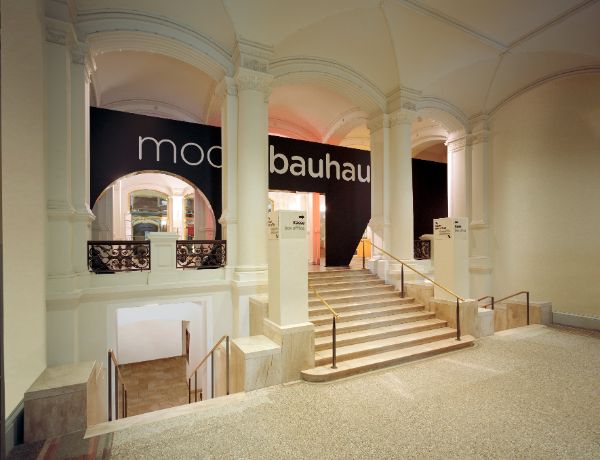
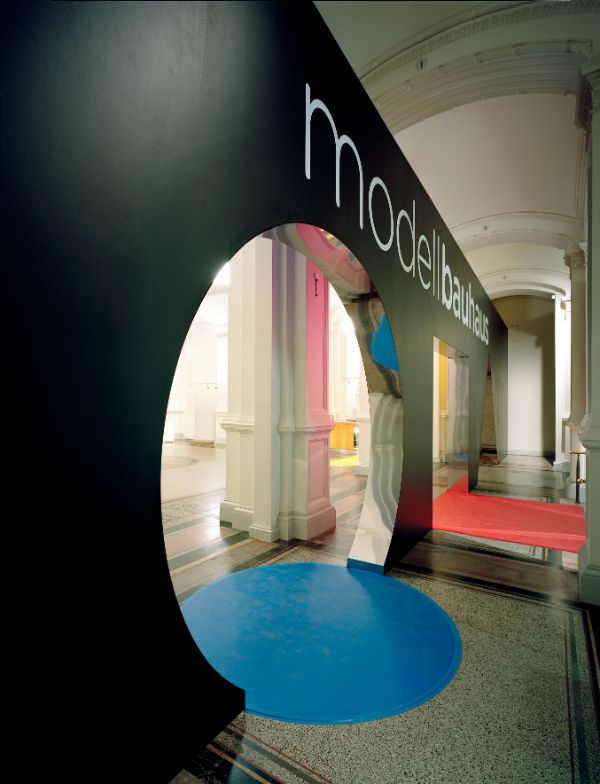
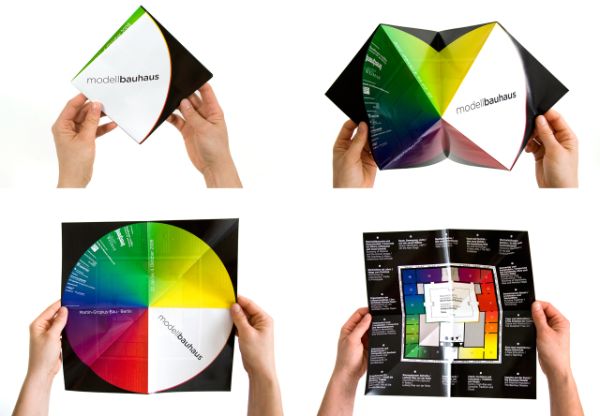
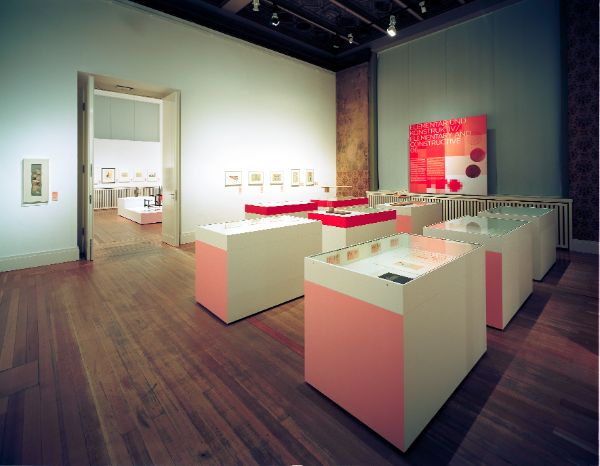
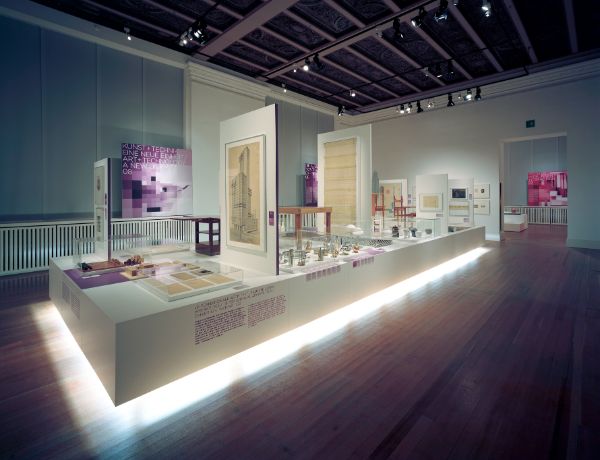
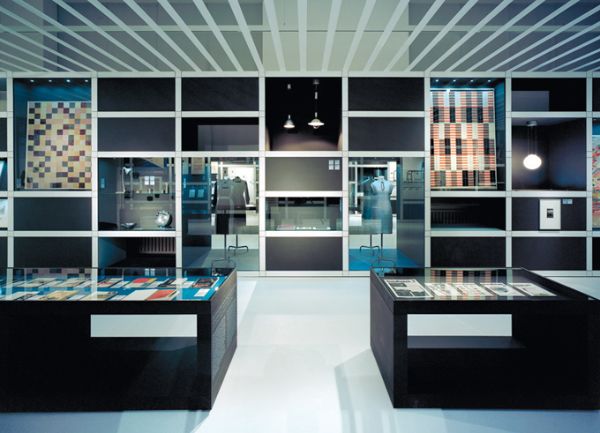
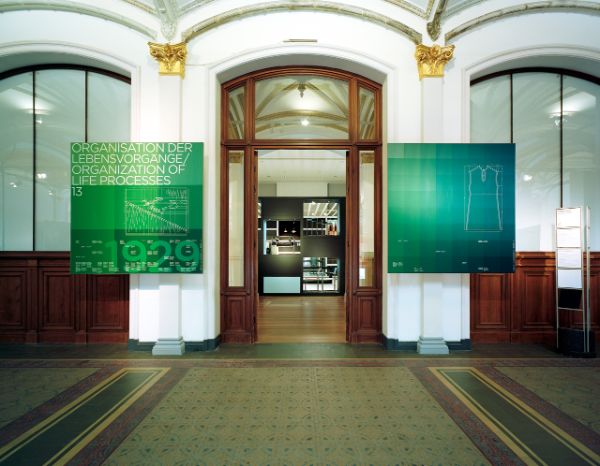
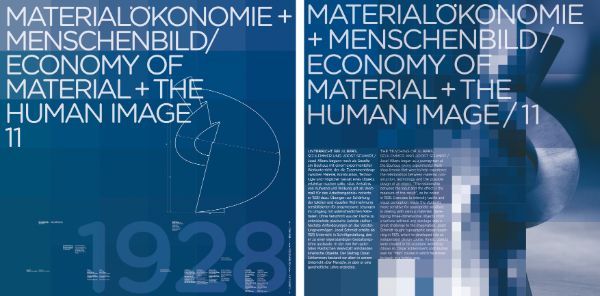
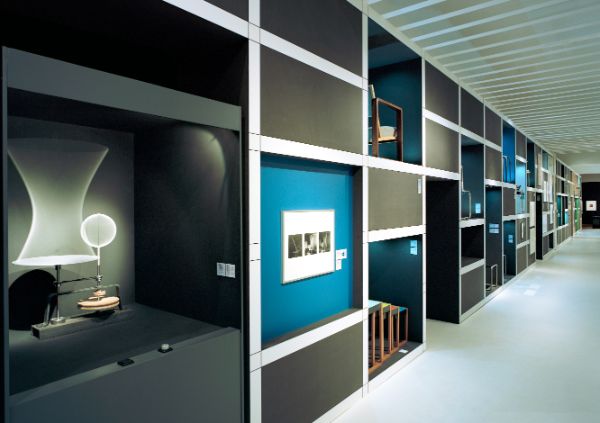
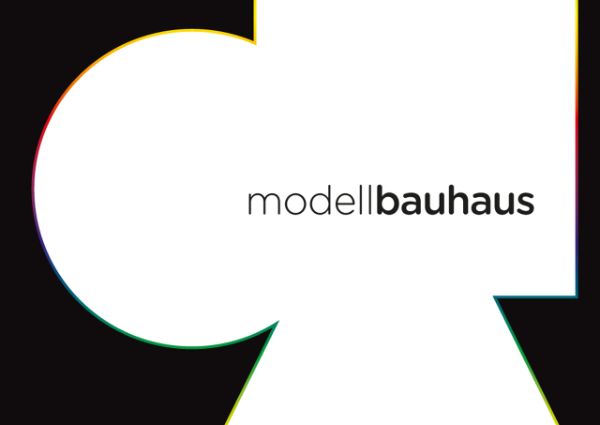
The exhibition shows the development and influence of the legendary school on it’s 90th anniversary. With about 1.000 exhibits, it is the biggest show on the Bauhaus so far.
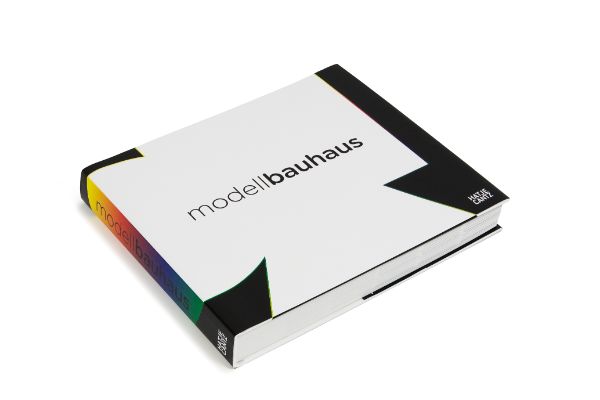
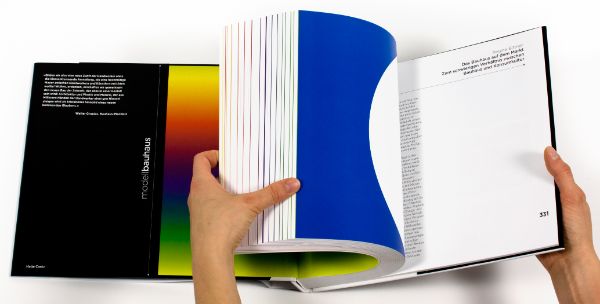

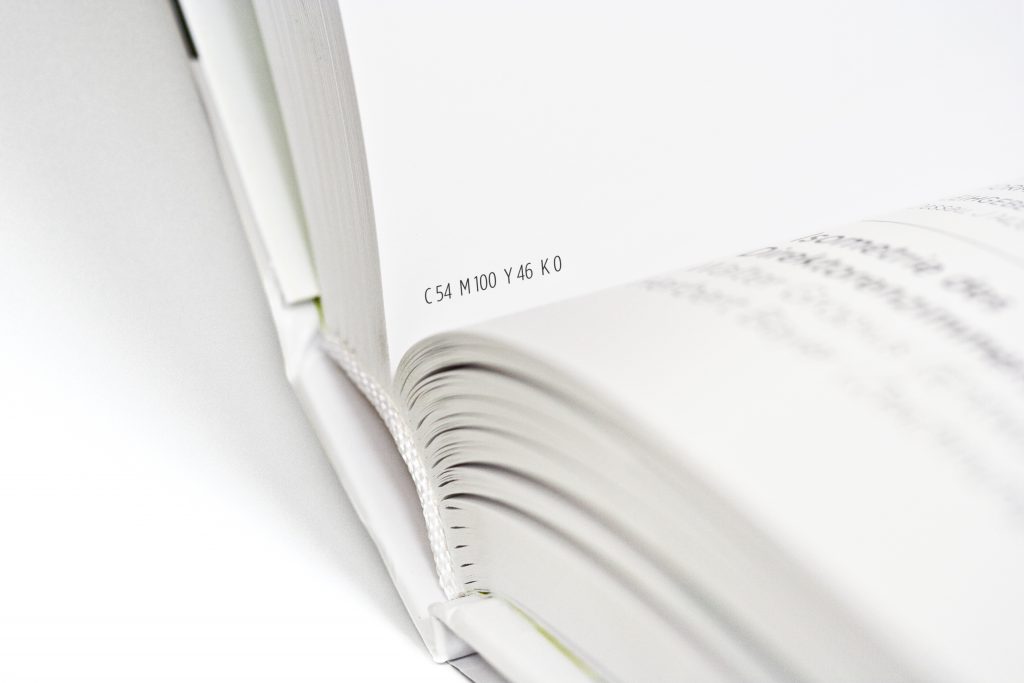
Publication on the exhibition in Martin-Gropius-Bau, Berlin: The book re-examines and re-evalutes the art school´s history and influence.
My favourite graphic designer in the Bauhaus is László Moholy-Nagy. Graphic design was just one of many areas he was working in, and his layouts often seem a trifle inelegant and akward. But when it comes to translating ideas into graphic compositions, he is the boldest and the most inventive and engaging. He is trying to tell you something and he wants you to UNDERSTAND that something. That is because he could be your great-great-grandfather. He was born in 1895.
People often write about how contemporary and relevant the Bauhaus still is and how it’s cultural legacy can be found everywhere around us, which is probably correct, at least in the case of Germany. But while working on the graphic interface of the 90th anniversary Bauhaus Exhibition, I was more interested in pin-pointing the difference between now and 90 years ago.
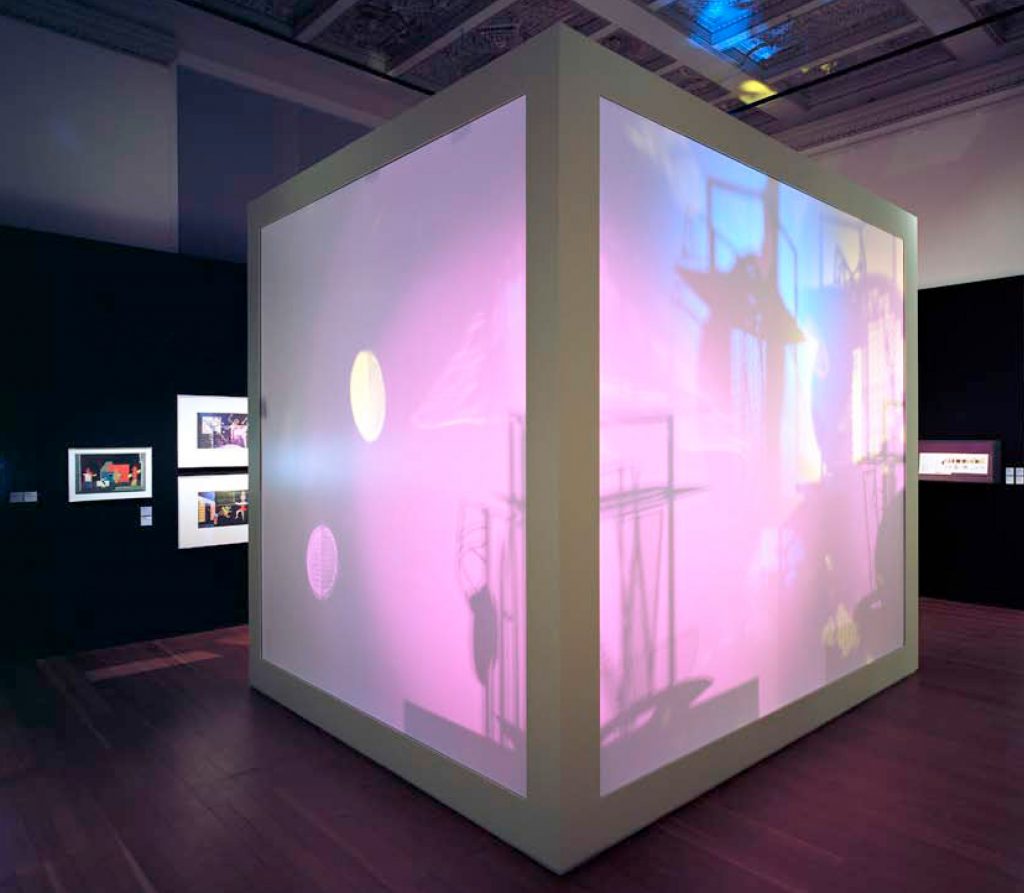
Light-Space-Modulator by László Moholy-Nagy in the Modell Bauhaus Exhibition
One important difference I found, lies in the changed relationship between designer, content and audience. Whereas László Moholy-Nagy is one with his content and comes up real close to deliver his message into your face, the contemporary designer keeps a distance. He doesn´t shout, he doesn´t arrange his words for maximum impact, but to strict grammatical rules. He wants you to understand the underlying sentence structure first, the words second. He designs systems in which content is arranged, and then lets you draw your own conclusions.
The contemporary designer not only keeps a distance to the content and the audience, but also to his own work and the idea of authorship. The thing that appeals to him in using systems is the element of chance. Graphic systems can be programmed to generate an aesthetic almost by themselves. They work like a bit like a Graphic-Meaning-Modulator, you feed some parameters into it and out comes a visual surprise. Here are our parameters for the 23 panels guiding the visitor from the inner Central Hall of the Martin-Gropius Bau into the outer exhibition ring.
And now press start and see what happens:
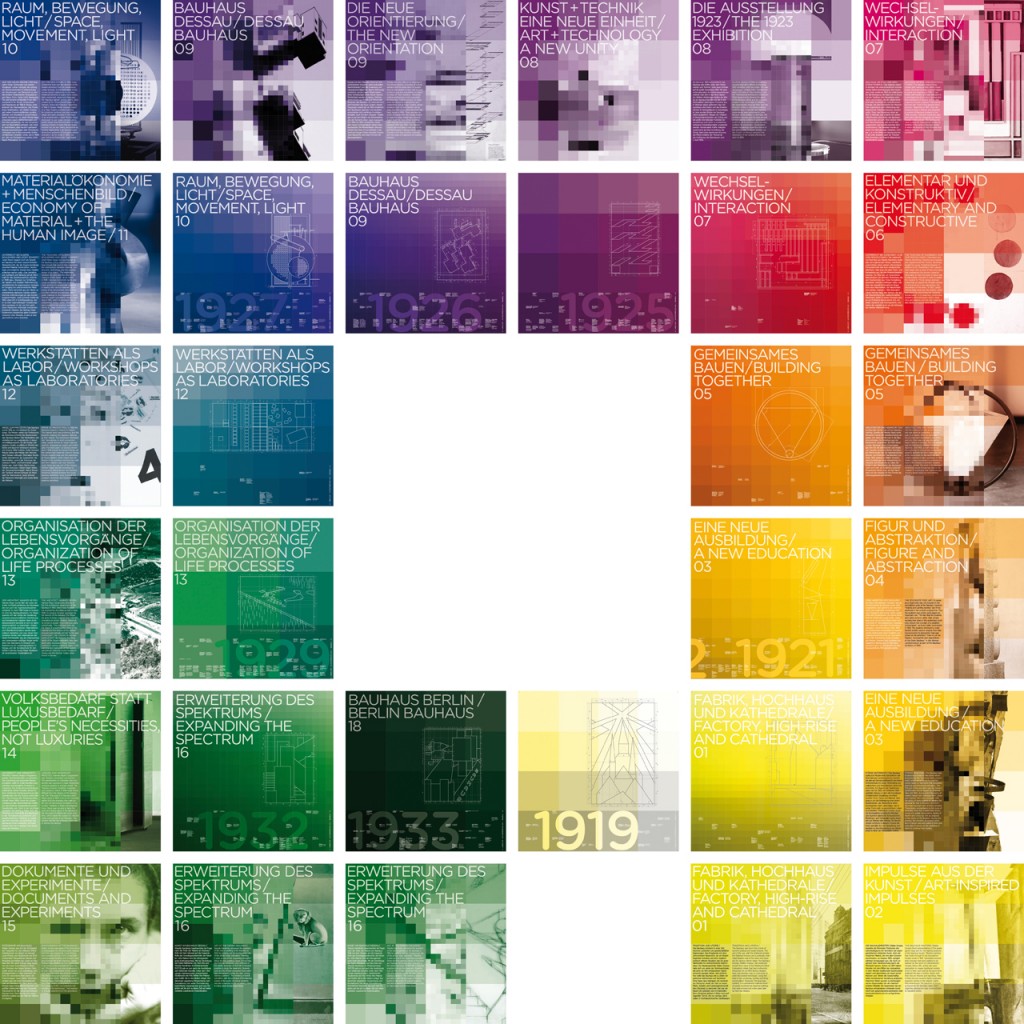
More about the exhibition here: Modell Bauhaus